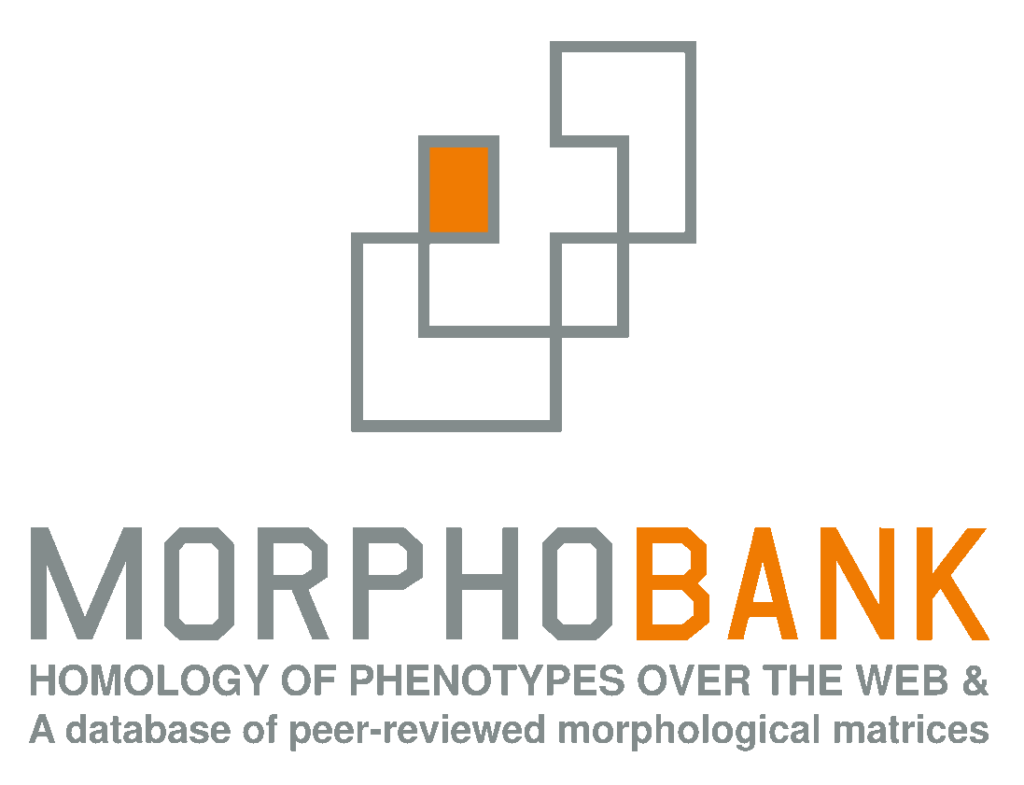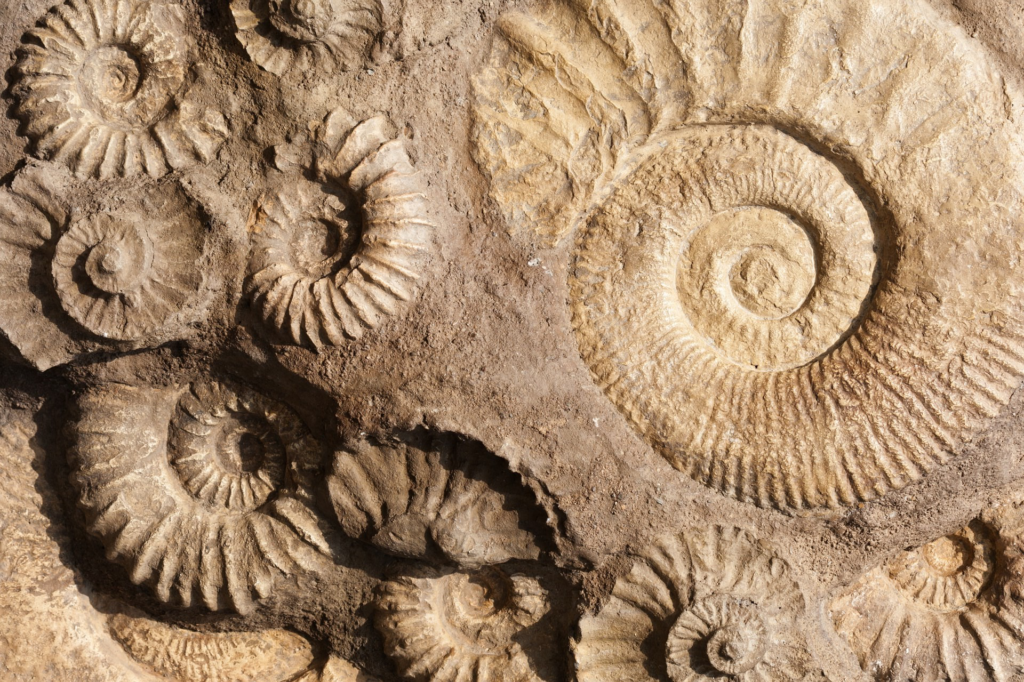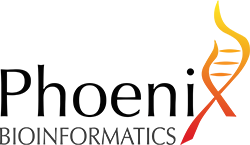
Pricing
MorphoBank is a free, open source project supported by memberships. Please help us continue to provide the services you value by asking your institution to join us! To better serve our community and emphasize our commitment to open science, we are transitioning from a usage-based to a benefit-based model. Please contact us for more information, and thank you for your support.
Benefits/Membership Level | Open Science Champion | Open Science Leader | Open Science Supporter |
|---|---|---|---|
| Annual membership fee | $5,150 USD | $3,950 USD | $1,450 USD |
| Branded instance | |||
| Access to usage statistics | |||
| Access to cumulative deposit statistics | |||
| Access to download/reuse statistics | |||
| Prioritized help for data curation for scientists | 8 projects | 5 projects | 2 projects |
| Prioritized attention to requests for improvements | 3 | 2 | 1 |
| Training and support | 1 live online training/year |
As a MorphoBank member at any level, you contribute to advancing open science in various ways:
Open Data Sharing: Your fees support maintaining and enhancing the platform, facilitating data sharing and collaboration among researchers.
Data Curation and Quality Control: Part of your fees ensures datasets meet high standards for accuracy and reliability.
Community Engagement: We allocate fees to workshops, webinars, and conferences, fostering knowledge exchange and collaboration.
Software Development: Your support helps develop user-friendly tools that promote transparency and reproducibility.

